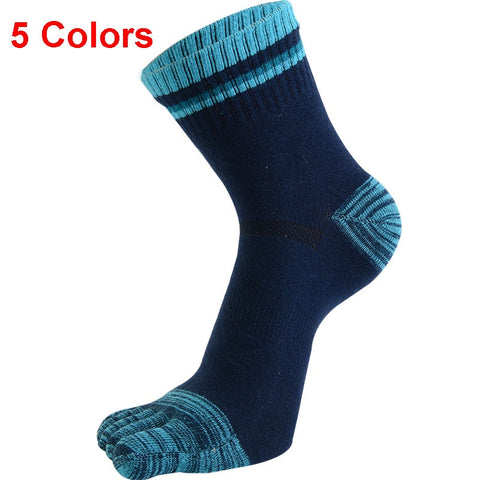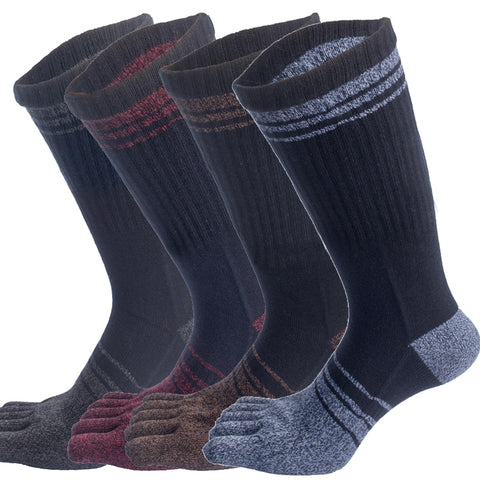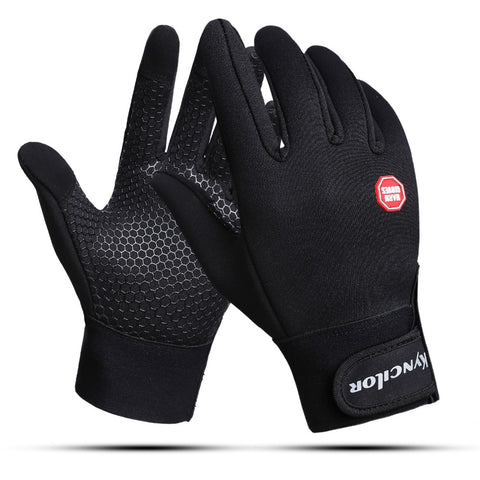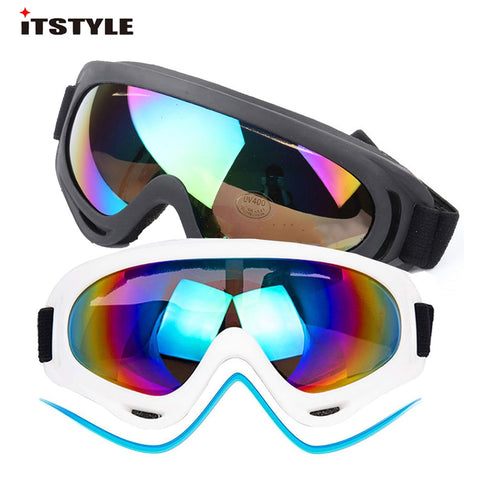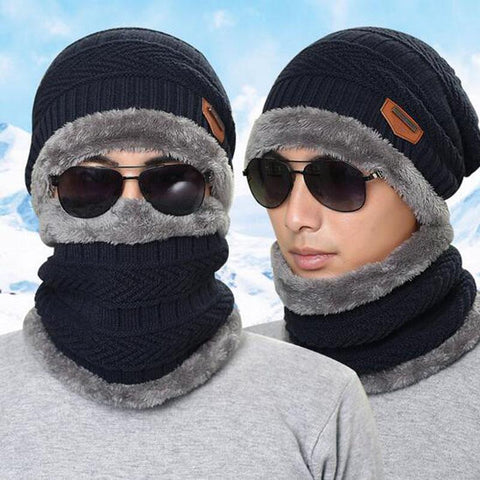Cameras for Snowboarding | Adventure Sport Ski Cam for Sale
Cameras for Snowboarding | Adventure Sport Ski Cam for Sale0 Products
No products found in this collection.
The most common form of cam used by snowboarders and skiers is an action camera. These cameras often feature a wide-angle lens that lets you film the entire mountain. Most of these cameras are also resistant to water and stress, so you can take it skiing without worrying about damaging your equipment. Additionally, video & picture stabilization is a feature included on many action cameras.

If you're looking for the highest possible photo quality, a DSLR or mirrorless camera may be a better option than an action camera.
The picture sensors of DSLR cameras are bigger, and users can adjust aspects like exposure, shutter speed, and ISO.
In comparison to DSLRs, mirrorless cameras are often smaller and lighter, making them more convenient to carry when skiing or snowboarding.
You should also consider getting some extras to go with your camera, such as batteries, lens filters, and a mount or harness to secure it to your body or a helmet- so you won't have to remove your gloves or put the camera down to steady it before taking shots.
While action cameras are the most cost-effective choice, if you value video/image quality more highly than price, you should look into purchasing a DSLR or mirrorless camera and some additional lenses or filters.
Accessories You Need to Enhance Your Ski and Snowboarding Camera
The appropriate equipment is crucial for getting great photos of skiing and snowboarding. Capturing high-quality photographs of your slopeside activities is no longer a luxury reserved for those with pricey camera equipment, thanks to the newest innovations in the field. Having the correct accessories, such as cam mounts, spare batteries, and drones, will allow you to get the most out of your ski and snowboard camera setup.
You should have a camera mounting solution to safely connect your camera to your board, helmet, or other gear. In order to keep your camera from falling off while you're on the go, a body mount or strap is a great investment. Mounts that can be operated by remote control are also available for those who would rather not use their hands to take photos while skiing or snowboarding.
Extra batteries and memory cards are also necessary for extended days on the mountain.
Finally, if you want to get some unique aerial photos, a drone may help you do that. Drones make it simple to get breathtaking bird's-eye views of the mountain and its surroundings.
You may preserve unforgettable moments of your ski and snowboard excursions for years to come if you buy these necessary gear.
Taking Photos with a Skiing or Snowboard Camera
Selecting the proper camera is crucial when planning to take photographs while snowboarding or skiing. Small, lightweight action cameras, such as the GoPro, are ideal for filming quick action. Many modern sports and action cameras are equipped with watertight housings and helmet attachments, making them suitable for usage in any environment. Some of them even have a microphone already installed, so they may be used to capture sound.

Point-and-shoot cameras, which are more affordable, are also a great choice for capturing ski and snowboarding moments.
The photos captured by these cameras are of high quality, and some even have image stabilization to lessen the effects of camera shake and blur.
If you want the best results from your camera, whatever kind it is, you need to make sure the settings are absolutely right. .
Raising the shutter speed can help you get clear shots of your ski slopes and jumps.
Whether you'll be skiing in broad sunlight or cloudy weather, it's a good idea to adjust the white balance settings accordingly.
Keeping your hands warm is equally important, therefore having gloves that are compatible with touch screens is a must for taking photos on the run and using your camera.
Keep your camera dry by storing it in a waterproof bag while it's not in use, and wipe the lens clean after each picture to ensure crisp, clear photos.
Finally, don't forget to enjoy yourself! Having images and videos to look back on your time spent skiing or snowboarding is a great way to relive the fun.
Mounting Considerations for Ski and Snowboard Cameras
You should use the proper tools and make sure the mount is tight when attaching a camera to your skis or snowboard. Take these tips into account before you head down the mountain for the best possible video.
Fixings for Helmets
One of the most common methods of recording footage while snowboarding is by attaching a camera to the rider's helmet. Skiers and snowboarders may take first-person film of their mountain descents or have a cameraman tag along with a helmet mount. While most helmet mounts are simple to install and weigh next to nothing, you should still double-check that yours is tight before you venture out.
The Chest Mount
When compared to a helmet mount, a chest mount provides a more solid means to record footage from a lower angle. Chest mounts may be bulky and uncomfortable to wear, so make sure you're used to them before venturing into dangerous territory.

Holders for the GoPro Camera
Many snowsports photographers and filmmakers now favor GoPros. There are many different GoPro mounts on the market; pick one that has the capabilities you need for your style of skiing or boarding. Make sure your GoPro is well attached, and look out for anything that might come in the way of your photos if you want to obtain the greatest footage possible.
Stability
When choosing a location to place a camera, stability is a key factor to keep in mind. There's a risk that the film you capture while snowboarding or skiing down the mountain will be ruined by the slightest of tremors. Make sure your camera is safely fastened so that it won't shake or move during filming, especially over rough or uneven terrain.
The Elements
Cold weather may be harmful to both skiers and their gear. If you're using a camera, be sure it's safe from things like strong winds and freezing temperatures. If you intend on spending a lot of time on the slopes in poor weather, it's also a good idea to invest in a pair of waterproof goggles and a weatherproof cover for your helmet.
Tips for Getting Great Shots While Skiing or Snowboarding
- Always wear a helmet, since this is a crucial safety measure that may also aid in maintaining your equilibrium and protecting your noggin from harm. While skiing or snowboarding, it is crucial to wear a helmet that fits tightly and does not move around too much.
- You should be familiar with your camera's settings and how to alter them for different lighting circumstances in order to take amazing photos when skiing or snowboarding. Skiers and snowboarders should get plenty of practice adjusting their equipment at home before hitting the slopes.
- If you want to avoid fuzzy photos when skiing or snowboarding, a tripod or GoPro mount is a must. Make sure your photos stay clear no matter how quickly you're sliding down the slope by using a tripod or GoPro setup.
- In order to capture beautiful photos when skiing or snowboarding, it's a good idea to plan out what kinds of photographs you want to get ahead of time. Before venturing up on the mountain, spend some time thinking about what kinds of shots you want to take and planning the best angles and lighting.
- Your ability to evaluate prospective shooting locations and angles, as well as your ability to maintain camera steadiness, will improve with time.
Video Quality
Ultra-high quality 4K resolution is offered by today's snowboard cameras, allowing for bright colors, crisp contrast, and outstanding picture contrast even in dim lighting.
They are capable of capturing high levels of detail in both bright and dark scenes thanks to their wide dynamic range. In addition, snowboard cameras are outfitted with state-of-the-art image stabilization and slow-motion features, allowing users to shoot steady footage even when moving at high speeds.

A helmet-mounted action camera is a terrific method to get steady video when bicycling, skating, skiing, or snowboarding. The action camera has several useful functions that guarantee high video quality.
To begin, the action camera usually has the technology to reduce the blurring and shaking that happens during fast motion. It offers a wide-angle lens to capture more of the scene with less distortion. Most modern cameras now have software functions like time-lapse shooting and high-speed recording in addition to their physical components.
You can be assured that the video you record will be steady, well-centered, and undistorted thanks to all of these characteristics.
An additional benefit of mounting your action camera on your helmet is that you may direct its field of view in any way you choose, allowing for more steady video. That allows you to shift the camera's position to follow the subject when it makes directional adjustments or other unexpected maneuvers.
It's a lot trickier to achieve this with a conventional camera, which is normally fastened to a tripod or a moving vehicle. Swiveling the camera around with your head allows you to capture the shots you need for dynamic, engaging video.
Having an action camera on a helmet is an excellent way to get steady footage while engaging in risky pursuits because of the mix of hardware and software characteristics it provides. Using it, you can prevent camera shake and distortion.
Finding the Best Helmet Camera
When searching for the finest helmet camera, there are several key features to take into account.
- Deciding which camera model you want to buy is the first step. There is a wide variety of helmet cameras available, and each has its own set of pros and cons. To keep costs low, some cameras choose simplistic designs and features such as a fixed lens with a built-in microphone and a few basic recording options. High-end cameras, on the other hand, include a plethora of bells and whistles, like image stabilization, zoom lenses, wide-angle lenses, and more. The sort of helmet camera that is ideal for you will depend on your individual requirements.
- The resolution of a camera is an important factor to consider after you've decided on a certain model. Image quality is measured in terms of the number of pixels (usually expressed in megapixels) it includes. Images and videos captured by high-resolution cameras just look better.
- Battery life is the next consideration. The batteries in most helmet cameras are rechargeable and can last for hours at a time between charges. Selecting a camera with adequate battery life is essential; more extensive battery life is preferable but also more expensive.
- Wi-Fi connection is a function offered by many helmet cameras, which allows you to wirelessly upload photographs and movies from your camera to another device.
- Price is another factor to think about when selecting the finest helmet camera for you. High-quality cameras may be found in a wide price range, from inexpensive to very costly. However, you shouldn't base your selection just on pricing; instead, think about all of the aforementioned features and specs.
Features of a Top Action Camera
Small and lightweight, waterproof action cameras are widely employed in extreme sports. They are built to last and can be used for a wide range of scenarios, making them ideal for photographing life's precious moments.

The capacity to record high-definition video with a wide-angle lens that can catch more of the surroundings is one of the distinguishing qualities of an action camera over a standard digital camera. The vast majority of modern action cams have Wi-Fi and sometimes even GPS, making it simple to upload and share footage. In addition, the photo stabilization function makes it possible to take good pictures even when moving about.
Top action cameras are built to withstand the elements and may be attached to almost any surface. Since they may be worn comfortably, even during vigorous activity, they are ideally suited for filming such pursuits. Action cameras may be used in any weather or situation thanks to their waterproof and dustproof features.
Cameras with shock protection can withstand accidental drops without suffering any damage. Furthermore, most action cameras have an LCD screen for instant playback of recorded content. The user-friendly controls let anybody tailor the camera's shooting mode to their own needs, and some models even have a burst mode for quickly snapping many photos in fast succession. Some versions even include live-streaming capabilities, so users may broadcast their adventures to friends and family back home.
Waterproof Features
Many people who like water sports like surfing, kayaking, and scuba diving also use action cameras because of their durability and versatility. Waterproof action cameras are common in the present market and are perfect for documenting your underwater exploits.
It's crucial to remember that not all action cameras are waterproof. Water resistance is a standard feature of most action cameras, but you should still double-check the manufacturer's website to be sure. The IPX4 standard is the least protective, while an IP68 certification will keep your gadget safe even if submerged in water up to 30 meters deep.
It's crucial to think about the durability of an action camera's build before making a purchase. Plastic action cameras are less likely to be waterproof and have a shorter lifespan than their metal and aluminum counterparts. You should also check the state of the device's seals, ports, and buttons to make sure water can't seep in.
Last but not least, if you want to use your action camera in damp settings, you need to get a good waterproof case for it. This will keep your camera dry and protected from the elements while you travel.
How to Take Care of Your Camera
Your action camera's functionality and durability depend on how well you maintain it. Here are a few suggestions for maintaining your action camera:
- Maintain consistent lens cleaning. You should always keep your action camera's lens clean because it is its most vital component. Always clean your lenses with a lens cleaning cloth and lens cleaning solution.
- Keep your camera in a bag or case while it's not in use. It'll be more structured and safer if you do this.
- Always remember to charge your battery after using it. This will not only guarantee that the battery is fully charged for use when required, but will also keep it in good working order for longer.
- Protect your camera from dampness as much as you can. Waterproof action cameras are built for usage in extreme conditions, but submerging them in a pool of water, for example, might damage or slow down the device.
- Always make sure that an accessory will work with your camera before buying it.
Maintaining a camera entails doing things like making sure the battery is charged, updating the software, and cleaning the body and lens as needed.
Always save a copy of your images and videos off-camera, either on an external drive or on the cloud, in case something happens to your camera or its memory card.






